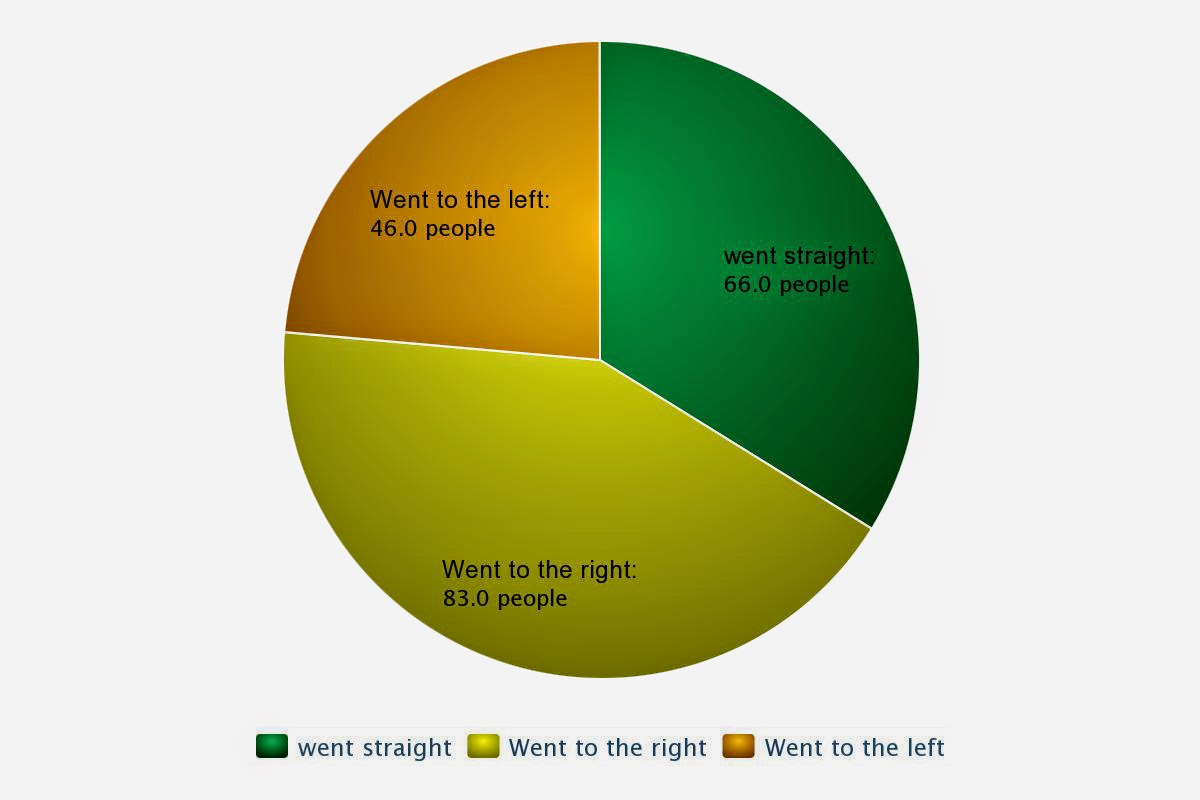There was a "Million Masks March" in London on the 5th of November. I participated in the march and discovered for myself many interesting things about the city space.
1 - I have seen the city from a completely different perspective. I have seen the city from the middle of the road. I have seen the city through the eyes of a participant of the demonstration, rather then through my "own". The city looked different, the shops and restaurants were closing down as soon as we approached them, the movement on the street was paralysed, people were stuck inside cars and busses. People from the street filmed us.
2 - The architecture of a crowd. It is not just a massive number of people who get together. People of the crowd are divided into small parties: friends, individual activists surrounded by followers, single people, couples, etc. There were leaders (not even just one leader) with loudspeakers who would speak out the decisions of the crowd of where to go and what to say.
A group of people on the photo lighted up the sparklers. Seems like the light connects the party together, forms a unit.
3 - the movement of the crowd (see the map below) showed me where the most important in spots of the city (the Parliament square, Buckingham Palace, the building of BBC, Oxford street, Trafalgar square).
4 - Policemen were blocking the streets, creating some kind of alive wall. Lines of Policemen (thunderheads of them) would separate the crown from the space of a Parliament square, block the streets preventing the crowd from moving in particular directions. They were very fast, they calculated the rout of the march and wait for people in the end of the street, so the crowd had to make new routs and device new ways of getting wound the city.
National Gallery
I though a lot about the entrance to the gallery, how it is constructed and how it affects the visitors' perception of the gallery experience and the gallery space. The entrance to National Gallery is above the level of the square. The entrance hall contains: a shop, a waiting area, an informational desk with maps and a ticket office.
The main staircase is constructed to give people a choice which direction to go. 13-16th Century art works on the left, 17th century at the front and 18-20th century on the right. However, from my observation, majority of people went straight ahead. Despite the the entrance hall provides visitors with all the information and space needed in order to be prepared for the visit, quarter of the people look at the map and think bout where to go right in the middle of the staircase.
The fact that the majority of people choose to go straight means that all of them start their National Gallery visit with a room commemorated to a 17th century religious paintings. Did the exhibition designers of the gallery wanted visitors to start with that room? From my point of view the first room should provide visitors with a clear visual information. Signs, maps, overview of the art works. The first room should contain paintings from each section, to make it even more clear where to go.
Observation
I have chosen this spot (photo above) to observe and count people. After 20 minute exercise i discovered that out of 305 visitors (newcomers) 267 went straight ahead, 26 to the right and only 12 to the left. 79 Visitors hesitated in the middle part of the staircase.
I also spent 18 minutes in the 1st room ( the one that 267 people from the previous experiment entered) Out of 195 people, 66 went straight, 83 to the right, and 46 to the left.
Follow the people
When I followed people, I was trying to analyse their movements and their way of dealing with space. I payed attention to their media preferences ( photo, painting, installation etc) and how they interact with the artefacts. I was trying to see the gallery through their eyes.
My first "victim" was a girl of my age. She came to the gallery by herself. The girl has chosen to go straight. In the first room she looked at all the paintings carefully, she moved around the room in an antilock direction. She has chosen to go to the room on the left from the entrance. She made a circle around the next room, looking at all the paintings, reading only the name of the paintings and the artists. Then she went to the right and from that point she would always choose to go to the right. Next 2 rooms were carefully examined, after that she would only stop near the paintings on her right. She made a circle and ended up in the first room. Here is a sketch of her movements.
I followed an old couple. They viewed the paintings separately but they always intersected near the works they both liked and discussed them. Despite the "separation" they would always be in the same room and move to the next room together. They did not have any particular pattern of moving. They could look at the work on their right, then they would go to see the work on the far left end of the room, and then they would come back to the painting they have just seen.








No comments:
Post a Comment